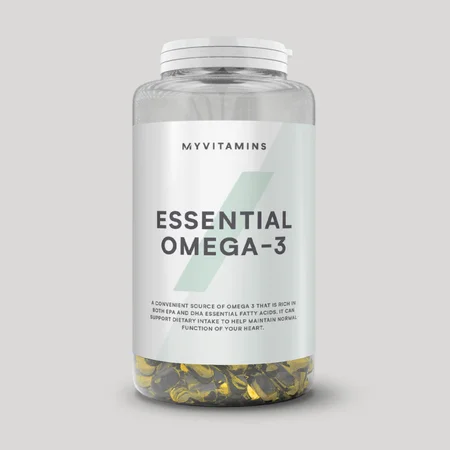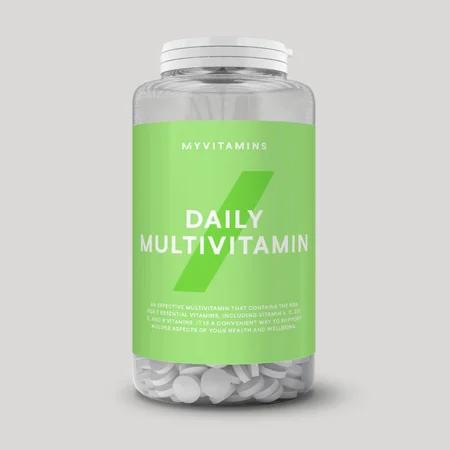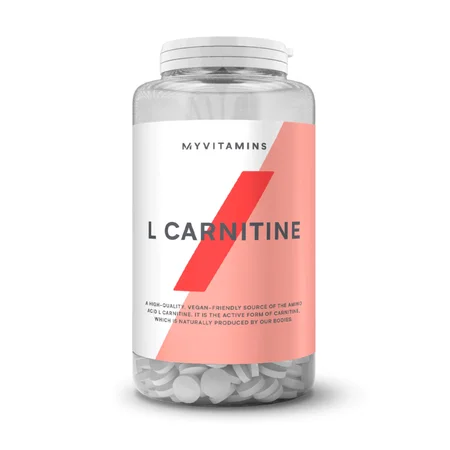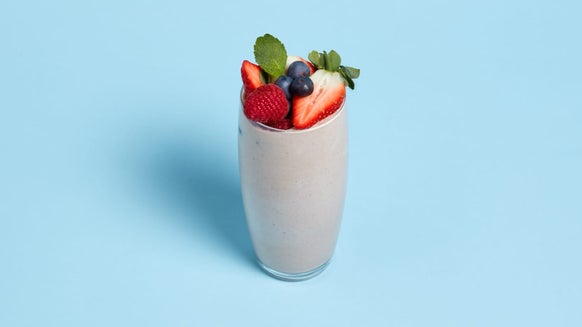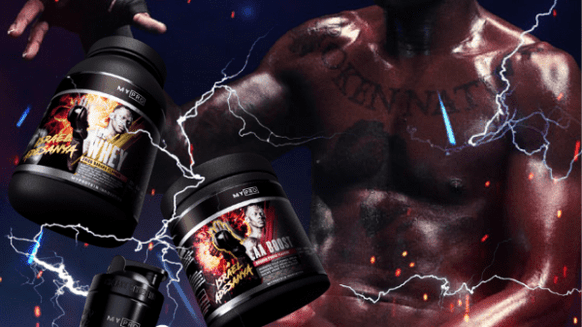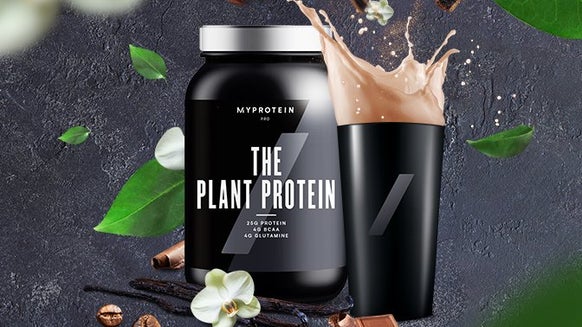LED Light Therapy: How it Works, Benefits, & Muscle Recovery

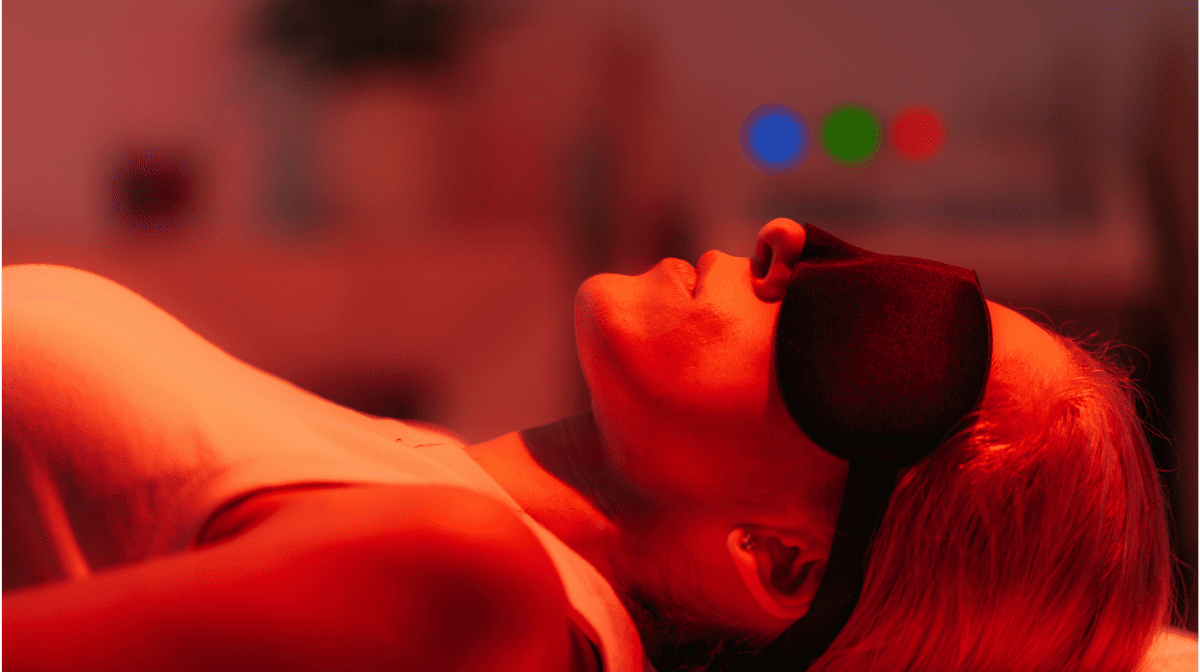
We know that sunlight can have great health benefits like providing Vitamin D, jump-starting your circadian rhythms, and boosting energy.
But did you know that there are other types of light that are beneficial to our health? LED light, which stands for light-emitting diode, refers to artificial light that can be produced in different wavelengths and colors using electricity.
LED light has become a popular form of therapy for many ailments including skin conditions, sore muscles, and wound healing.
Let's see how it works, the benefits, and how this modern treatment can help athletes with muscle growth and recovery.
How Does it Work?
LED light therapy may sound complicated, but it is actually quite simple. When talking about muscle growth and recovery, the process used is known as photobiomodulation or low-level light therapy.
This therapy involves either red or infrared light (a wavelength of light that can't be seen by the human eye). When this type of light is absorbed by cells, it stimulates the mitochondria—powerhouse of the cell. This increases production of ATP, which is thought to be the reason for LED light's positive effects on muscle tissue.
In LED light therapy, electronic devices are used to emit specific wavelengths of visible or infrared light. Many different wavelengths and colors of light can be produced by these devices, but the most common are blue, red, and infrared light.
The device shines light on specific parts of the body, and your cells absorb the light. The different wavelengths produce different responses by cells in the body.
For example, blue light is known to have an antibacterial effect, while red light is known for collagen production, anti-aging, and muscle recovery.
A super impressive feature of LED light therapy is its safety—there are no known side effects. The method has been approved by the FDA and is completely painless as well.
The Benefits
LED light therapy is linked to many health benefits including reducing acute and chronic pain, speeding up wound healing, particularly for pain control, enhancing blood flow, and relaxing muscle spasms.
The therapy is also used to protect against muscle damage from exercise.
The healing effects of this form of therapy became popular after accidentally discovered by NASA. In the 1980's, NASA used the light to try to grow plants in space. They used red and blue light because these are the most efficient wavelengths for promoting photosynthesis for plants (turning light energy into food).
NASA scientists, who were caring for the plants with their hands while under the LED light, noticed that their wounds were healing quicker than normal. After this discovery, NASA began testing out the theory.
NASA gave LED devices to US Navy troops—they found that LED light produced a 40% greater improvement in musculoskeletal injuries and healed lacerations 50% faster, compared to groups not using any light.
Muscle Recovery
To test the healing effects of LED light therapy, one study treated university athletes with red light therapy over 15 months. 395 different injuries were treated including sprains, strains, ligament damage, tendonitis, and contusions. The athletes were treated with an average of four sessions of light therapy per injury.
The results?
The LED light sessions were shown to promote healing and significantly reduce the RTP (return to play) time for the athletes with no negative side effects.
Scholars explain that by reducing (or eliminating) injury-related pain and swelling, while at the same time supporting the healing process, LED light treats both the symptoms and the cause. This is super important for avoiding re-injury.
Another study showed that LED therapy reduces fatigue, inflammation, and muscle atrophy. This study took a set of twins who were both given a strength training program. One twin received LED light therapy after each training session, while the other received a placebo. The results demonstrated that light therapy made a big difference in muscle recovery and growth.
Researchers then concluded that LED light therapy can be useful in reducing muscle damage, pain, and atrophy, and increasing muscle mass, recovery, and athletic performance.
LED Light Devices
There are a couple of different ways to get access to LED light treatments. You can try a professional establishment like a sports medicine clinic, high-end gym, or medical spa. Gyms like Planet Fitness offer red light therapy for their members.
There are also many commercial LED light devices available on the market. But keep in mind that these vary greatly in quality and available wavelengths of light.
A safe bet would be going to a trusted establishment or getting a professional recommendation when purchasing a device to ensure you're getting quality, effective treatments.
When Should You Use It?
Studies have shown that LED light therapy can be effective in increasing sports performance both before and after a workout.
Take Home Message
Although LED light therapy is relatively new, the science speaks for itself when it comes to its benefits and applications. If you're looking to boost muscle growth and recovery, among other great benefits, LED light therapy might be the secret weapon you've been looking for.
READ THESE NEXT:

Mini Workouts: How Short Bursts of Exercise Can Improve Your Health
Don't underestimate the power of exercise....

Blue Zones: Healthy Habits & Lifestyle Lessons For Longevity
What's the secret to living to 100?...

Biohacking: What is It & How Can It Help You Perform?
Take your routine to the next level. ...
A Rutgers University Honors graduate, Jamie grew up on the Jersey shore and double majored in Comparative Literature and Anthropology in college. Jamie is an experienced writer in the health and wellness, biotech, and eCommerce fields. She loves writing with a purpose and has even written for the Department of Justice.
Jamie became drawn to exercise during her time in university and began to notice the physical and mental benefits of moving your body daily. Today, Jamie enjoys Pilates, light weight training, and going on long walks in nature daily.
Jamie is also passionate about eating right and prioritizing gut health and immunity. She is always trying the next innovation in health and wellness. When she’s not writing articles, Jamie enjoys reading, playing guitar, and finding dogs to play with.
